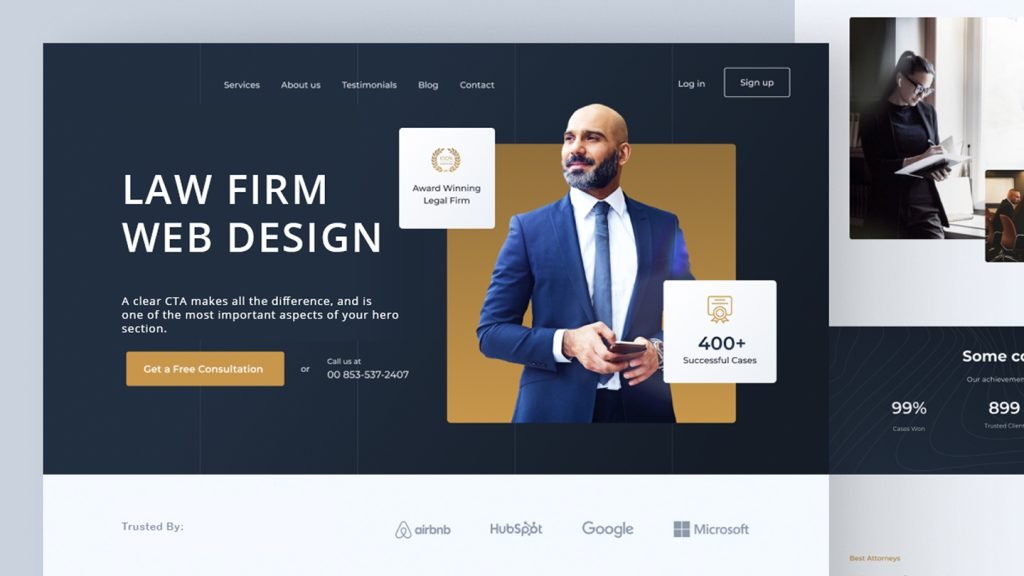Creating a law firm website goes beyond aesthetics and content. It’s a strategic one aimed at generating high-quality leads. In today’s legal marketplace, a law firm’s online presence can be a game-changer. The key lies in a thoughtfully done law firm web design that can turn browsers into active clients.

Attracting The Right Audience
Understanding the target clientele is the first step. A website should be tailored to appeal to the firm’s ideal demographic. Whether catering to corporations or persons, the website must resonate with the specific audience’s concerns and needs.
Clear Brand Messaging
A law firm’s brand encompasses its reputation, expertise, and values. The website should articulate this brand message through a clear value proposition that sets the firm apart. So for that, a strong, consistent brand aids in building trust and credibility with potential clients.
Intuitive Navigation
Potential clients often visit law firm websites seeking answers. Intuitive navigation ensures they can find the information they need with ease. So a well-structured layout with clear menus and logical page hierarchy enhances the user experience and encourages engagement.
Compelling Content That Converts
Content is a fundamental component. It should be informative, authoritative, and compelling, designed to build confidence in the firm’s expertise. In that case, accessibility of actionable advice or insights can entice visitors to reach out to the firm for more information.
Showcasing Expertise Through Thought Leadership
Establishing the firm as a knowledge hub through blogs, case studies, and white papers can attract quality leads. Such thought leadership content not only showcases expertise but also helps improve search engine rankings, making the firm more visible to those seeking legal assistance.
Responsive And Fast-Loading Web Design
Given the prevalence of mobile device usage, a responsive law firm web design that adapts to different screen sizes is non-negotiable. Additionally, a fast-loading website ensures that potential leads are not lost to impatience or frustration.
Effective Use Of Calls-To-Action
Calls-to-action (CTAs) are the signposts that direct website visitors towards becoming leads. Whether it’s to “Schedule a Consultation” or “Download a Free Guide,” the most effective CTAs must be prominent, persuasive, and provide clear value.
Secure And Accessible Contact Options
Providing various secure and accessible means for potential clients to reach out — be it through a phone number, contact form, or online chat — is needed. Ensuring contact options are encrypted and privacy-respecting can also reassure clients about their confidentiality.
Analyzing And Optimizing
Lastly, use analytics to assess the website’s performance, understand visitor behavior, and refine lead generation strategies. Regular audits and updates can keep the website aligned with evolving digital trends and client expectations.